Butterflies vs Moths: What are the differences?
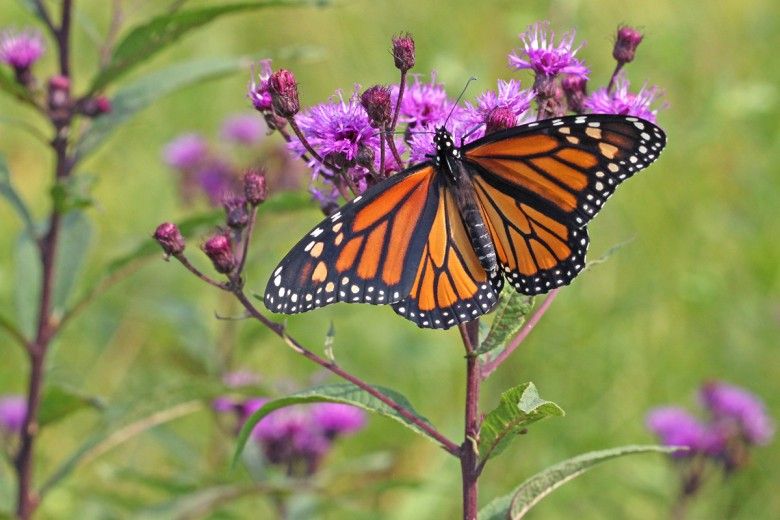
Butterflies and moths are among the key beneficial pollinators that play a crucial role in maintaining a healthy ecosystem. While they share many similarities, including belonging to the same biological order classification Lepidoptera, they also have many differences that you can use to identify and tell them apart. Below we outline a few of the general guidelines for discerning the differences between butterflies and moths.
Antennae
This differences in antennae might be the easiest way to tell butterflies and moths apart. Butterflies have thin, straight, and long antennae with club-like tips, whereas moths have feathery, thick, comb-like antennae. Sometimes you have to look closely, but this is a great way to distinguish the two.
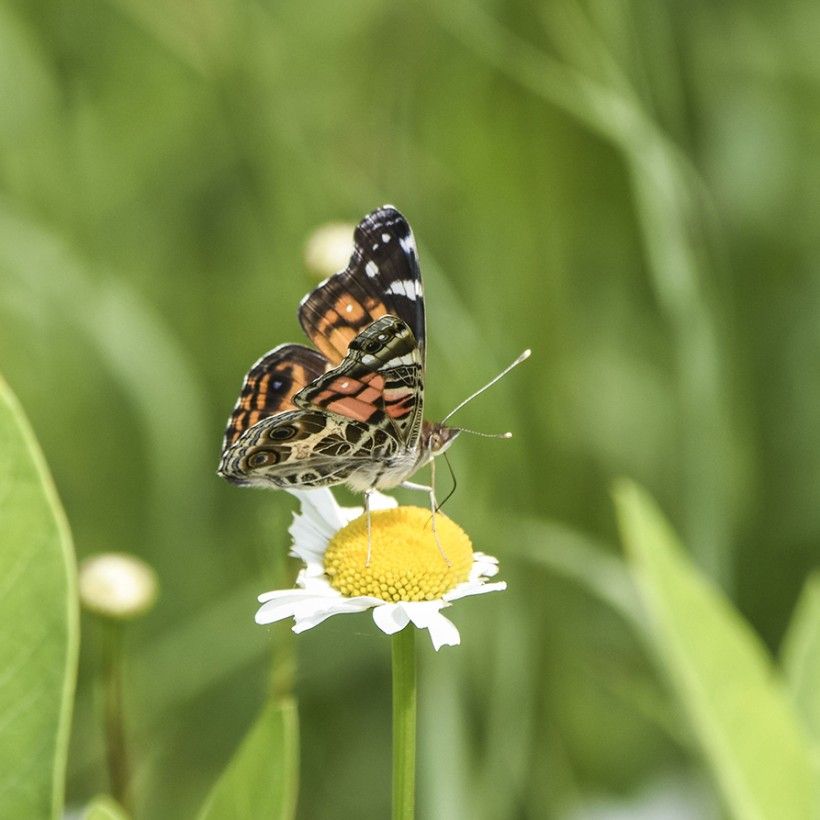
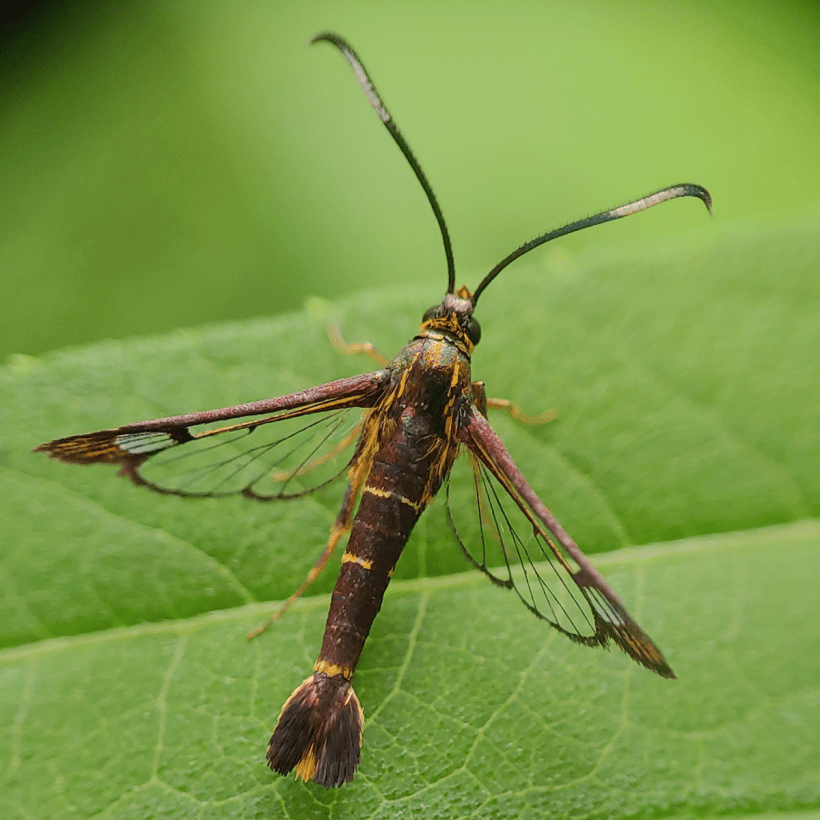
Wings
Butterfly wings are brightly colored, and a butterfly typically holds its wings together, vertically above its body when resting. On the other hand, the wings of moths are often, certainly not always, dull in color, and their wings are usually held in a tent-like fashion over their abdomens when at rest. There are some moths that are active during the day, and they tend to be more brightly colored, like the hummingbird hawk-moth.
Additionally, moths have a structure called a frenulum that joins their forewing and hind wing, allowing both to work in unison. Butterflies don’t have a frenulum.
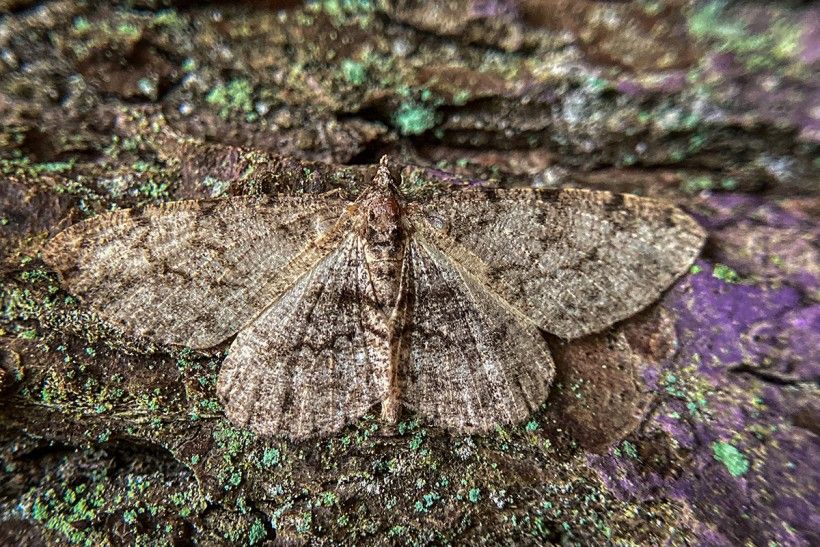
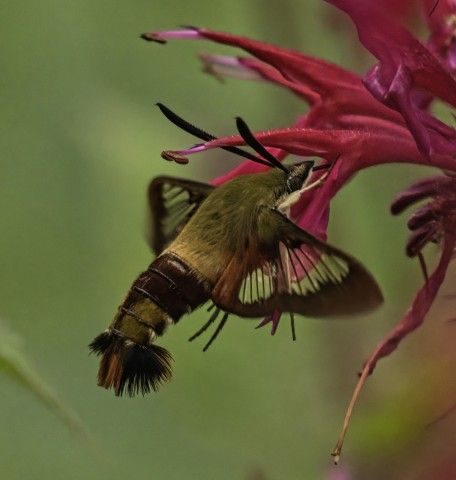
Body Shape
Butterflies have a slender and more streamlined body shape, while moths have a chunkier and more robust body shape, and their bodies are often covered in fine hairs. This difference in body shape reflects their different lifestyles, with butterflies being more agile and able to fly more quickly, whereas moths tend to be sturdier.
Activity Patterns
Butterflies are diurnal insects, which means they are active during the day. Sunlight helps to warm them, and so they are often seen feeding on flowers in sunny areas. Most moths are nocturnal and are only active during the night, however, as previous photos have shown, there are moths that are active in the daytime, too.
Moths are attracted to light sources because they confuse moths. Scientists believe moths use the moon and stars to navigate, and artificial light sources emit much more light from different angles, and so moths struggle to keep the light at a certain angle. Science Friday has a nice article that explains this more in-depth.
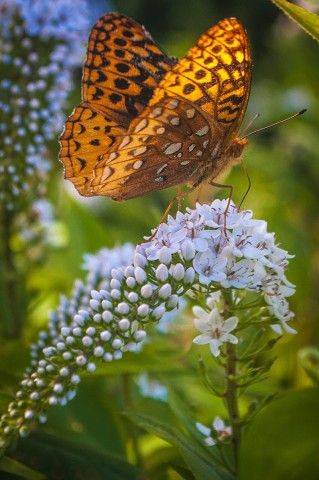
Habitat
As mentioned above, butterflies like sunshine and the nectar-rich flowers that thrive in open areas like meadows, fields and gardens. Both butterflies and moths are cold-blooded and rely on behavioral instincts and their environment to regulate their body temperatures.
Moths generate heat by vibrating their wings, so they can be active at night. Butterflies will use the sun and shiver when necessary to help warm itself. Moths are adaptable to a broader range of environments and plants, so they may also be found in forests and wetlands, in addition to open meadows and fields.
Pupa
Both butterflies and moths go through complete metamorphosis—which has four distinct life stages: egg, larvae (caterpillar), pupa and adult—however, butterflies create chrysalises in their pupal stage while moths pupate in a cocoon.
Chrysalises are smooth and have a hard outer casing, and they often hang from a surface be it a twig, leaf, windowsill or other structure. Cocoons are usually made of silk, are softer, and they may be found in a number of orientations.
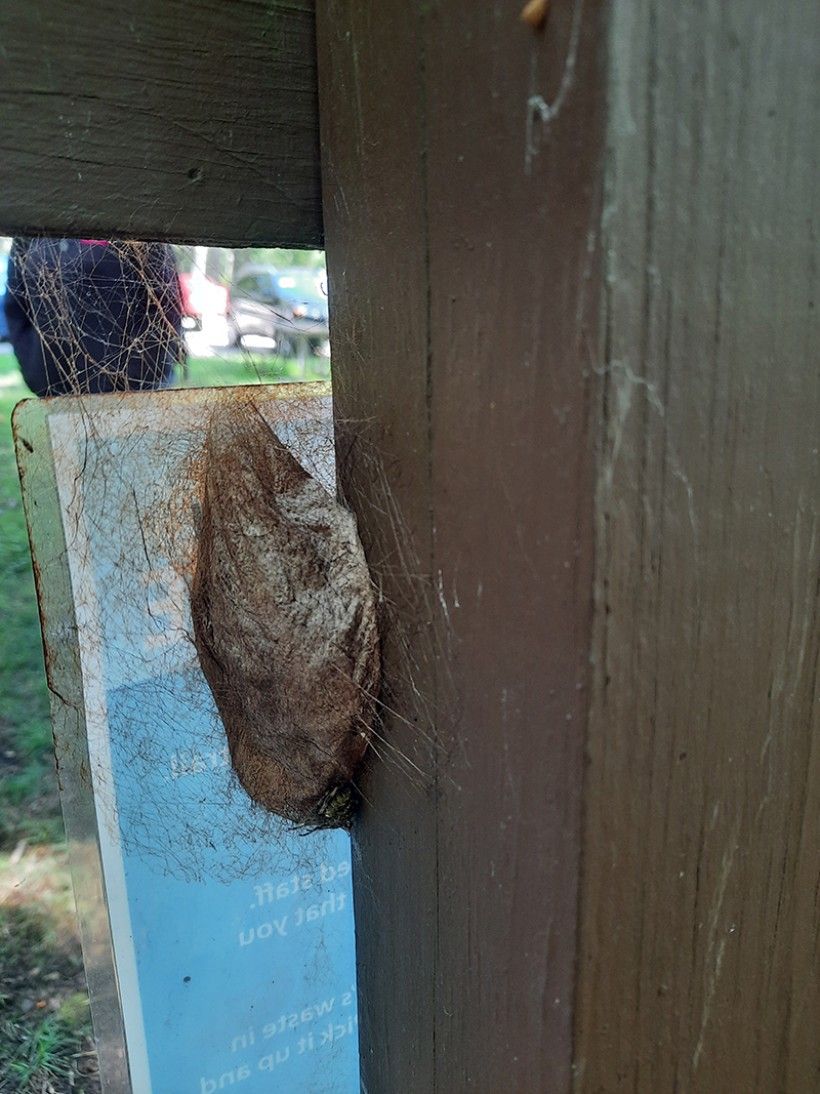
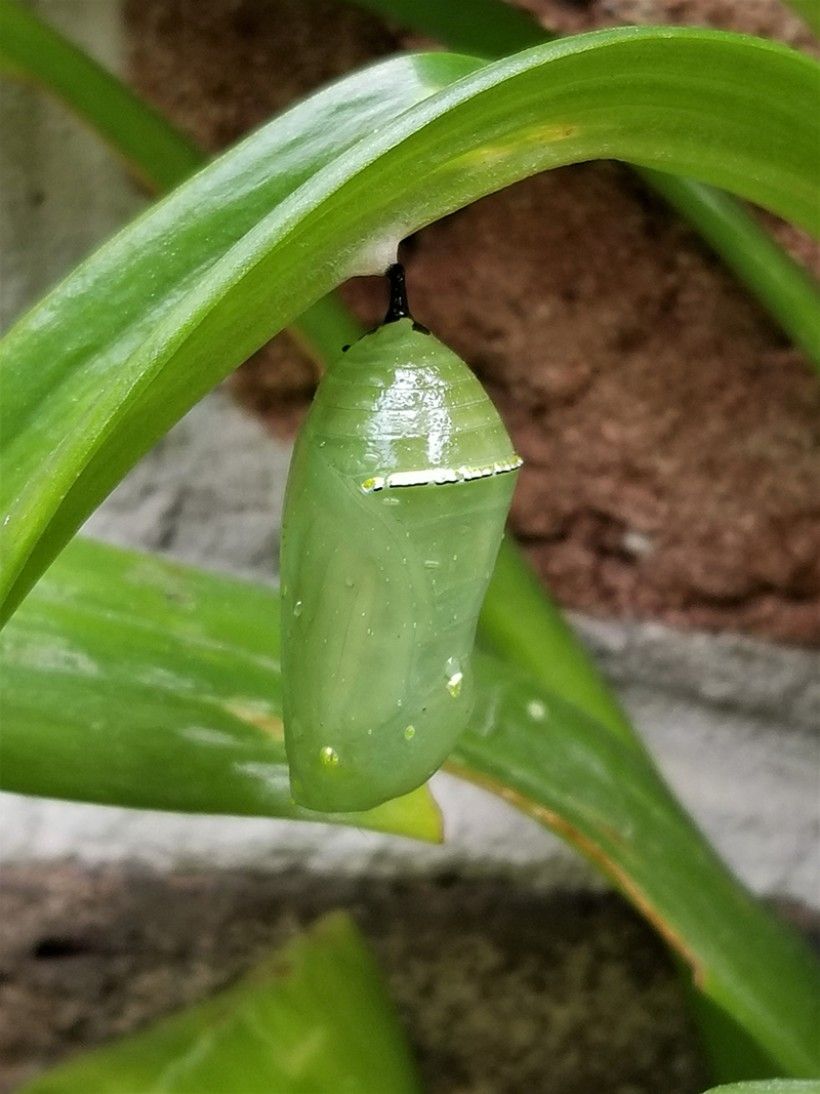
Diversity
Worldwide, there are about 17,500 species of butterflies and a whopping 160,000 species of moths. Moths evolved before butterflies and have had more time to diversify.
It’s easy to focus attention on colorful butterflies that are active during the day when most people are, but moths deserve consideration and appreciation, too! Consider observing moths with your family and friends this summer and photograph them for Penguin Court and the Westmoreland Pollinator Partners’ annual “Pennsylvania Pollinator Photo Challenge.” Science Friday explains how to “Go Mothing!”
Header image photo by Amy Taracido. All photos included were submissions to the Pennsylvania Pollinator Photo Challenge, with the exception of those by Melissa Reckner.